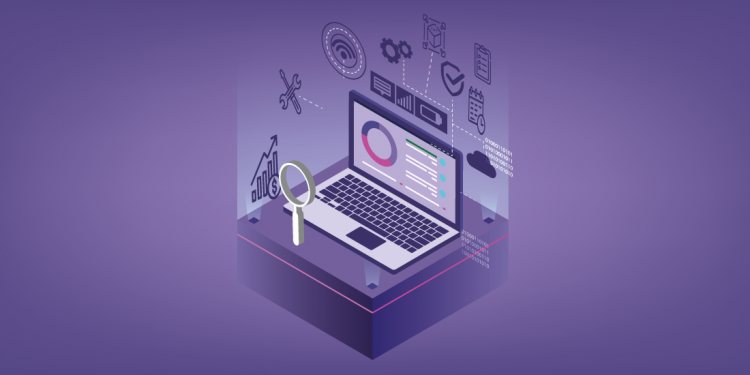In the past, people were responsible for purchasing and placing advertisements on media platforms. No wonder, there were many inefficiencies in this process. After all, humans can make mistakes, call in sick, forget things, and many more.
If you compare humans to machines, you will find out that humans are also slow and cannot handle ad purchases on a large scale. To make up for this shortcoming, advertisers are now turning to programmatic advertising agencies to improve the process of purchasing and placing ads. This article explains what you should know about programmatic advertising.
Understanding Programmatic Advertising
Because there is a chance to scale and even automate complex tasks, you will see that programmatic technologies have now become a great force when it comes to digital marketing. Besides, programmatic can only become more valuable when tech companies and agencies continue to make the process even better and more efficient. This is the reason your brand needs to take advantage of this opportunity.
Remember that programmatic advertising refers to the practice of utilizing technology to automate the purchasing and selling of ad impressions on various media platforms. So these impressions can be native advertising, online video ads, digital display banners, and many other ad types.
When it comes to the ad purchasing process, the major function of programmatic technology is mainly to automate the bidding processes of auctions. This happens in real-time when visitors go to web pages and sites that serve ads. Therefore, these real-time auctions can allow advertisers to purchase ad impressions and publishers can also sell their advertising space at a large scale.
The Ways Programmatic Technologies Automated Bidding
With a programmatic setting, it means publishers can serve ads efficiently based on the individual visitor who goes to your app or a web page. To do this, publishers need to use real-time auctions that can determine which ad appears each time a visitor gets to one of their web pages or even app screens.
For instance, if you decide to visit a web page, then you need to click on the URL. As a result, the browser sends some information about you like online behavior and demographic information to various platforms. And, the browser also sends information about the web page, such as the main page topics to several platforms that deal with the purchasing and selling of these ad impressions.
When these platforms receive this information, they initiate an auction that determines the type of ads you need to see on that page. This auction is for the brand advertisers and the tech or media partners. These people can then set targeting criteria to figure out how much they want to pay so that their ad can get to specific audiences.
Final Words
Utilizing a process known as real-time bidding, all the platforms can then handle this auction together with many others daily. Keep in mind that this happens in the milliseconds that is between when all the content loads and the time you visit a page.
Follow Techdee for more!





